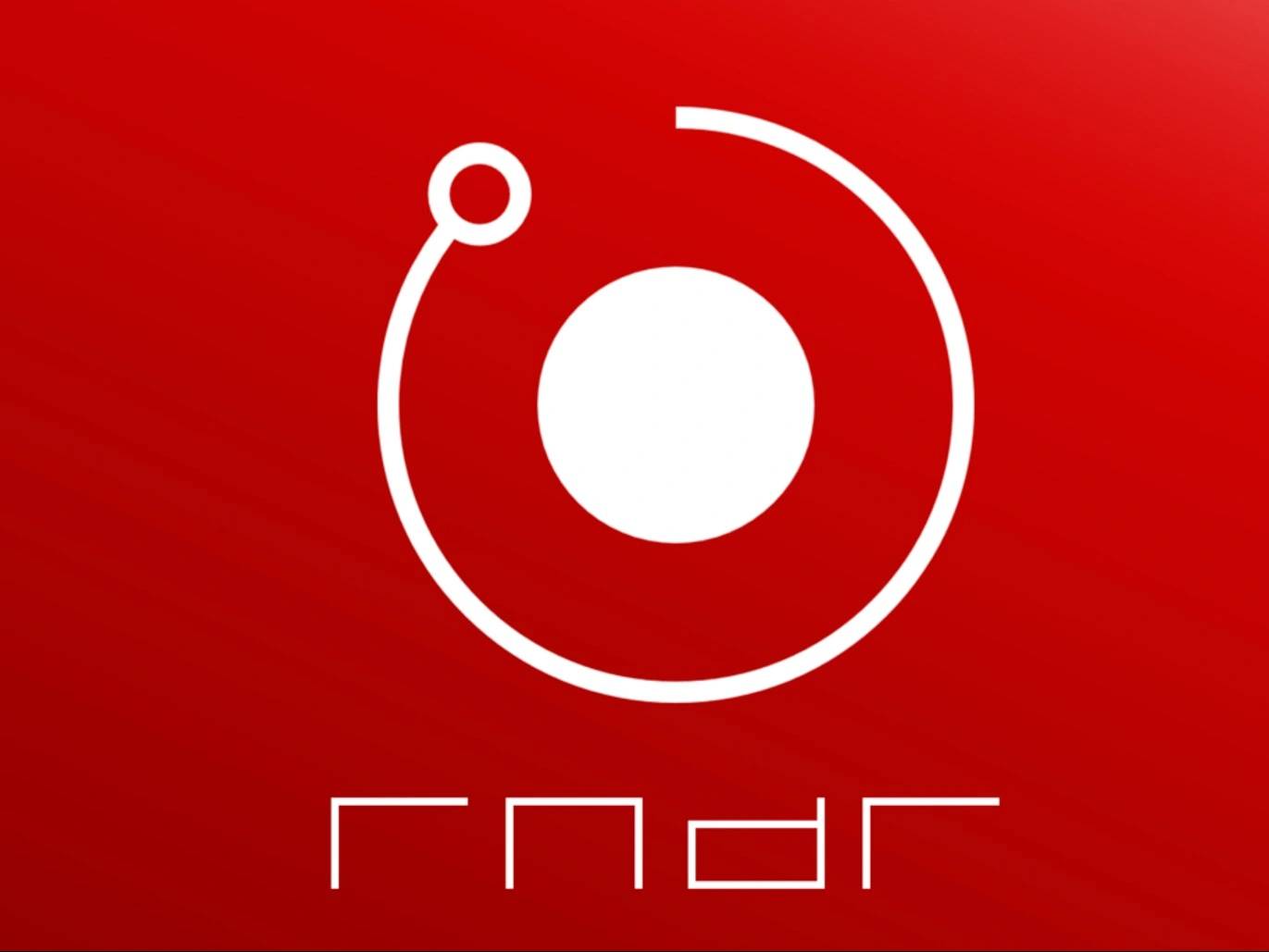Render Network
Render Network는 Ethereum 블록체인 기반으로 구축된 분산형 GPU 렌더링 네트워크입니다. Render 토큰 백서[5]에 명시된 바와 같이, 렌더링은 2D 또는 3D 컴퓨터 모델을 사실적인 이미지와 장면으로 변환하는 것을 의미합니다. Render Network는 자체 네이티브 토큰인 RNDR에 의해 구동됩니다. [1][2][3][4]
개요
Render Token은 2016년 Jules Urbach에 의해 설립되었습니다. Urbach는 클라우드 렌더링 회사이자 Render Network의 모회사인 OTOY Inc.의 CEO입니다. Render Token의 백서[5]는 2017년 8월 28일에 발표되었습니다. [1][4]
Render Network는 3D 렌더링 산업을 위해 설계된 블록체인 기반 플랫폼입니다. 이 플랫폼은 분산 컴퓨팅 성능을 활용하여 복잡한 3D 그래픽 및 애니메이션 처리를 위한 솔루션을 제공합니다. 분산된 컴퓨터 네트워크를 활용함으로써 Render Network는 기존의 중앙 집중식 렌더링 팜에 비해 렌더링 작업의 효율성과 경제성을 향상시키는 것을 목표로 합니다. [1]
이 플랫폼은 Ethereum 블록체인에서 작동하며, 투명한 거래를 위해 스마트 계약을 활용합니다. Render Network를 통해 아티스트, 디자이너 및 콘텐츠 제작자는 분산 네트워크에서 처리할 렌더링 작업을 제출할 수 있습니다. 이러한 접근 방식은 더 넓은 범위의 사용자에게 고품질 렌더링에 대한 접근을 제공합니다. [1]
기술
Ethereum 블록체인은 RNDR 생태계의 기반 역할을 합니다. 이를 통해 RNDR 토큰 보유자는 모든 ERC-20 호환 지갑에 토큰을 보관할 수 있습니다. 토큰은 모든 ERC-20 호환 거래소에서 교환할 수 있습니다. [5][6]
RNDR 네트워크에서 사용자는 커뮤니티에 작업을 제출합니다. 플랫폼은 작업을 완료하는 데 필요한 RNDR 토큰의 양을 자동으로 계산합니다. 이 정보는 스마트 계약의 사양을 포함하는 첨부 파일로 제공됩니다. 그런 다음 데이터는 RNDR 네트워크를 통해 전송됩니다. [5][6]
GPU 소유자는 OctaneRender를 사용하여 필요한 작업을 수행합니다. OctaneRender는 RNDR을 사용하여 현재 렌더링 서비스의 기반을 확장하며, 전체 절차는 중개자를 제거합니다. 사용자는 렌더 작업을 수행하는 개인에게 RNDR 토큰을 보낼 수 있습니다. 토큰은 전 세계적으로 가치를 전송하는 데에도 사용될 수 있으며, 모든 RNDR 토큰 거래에는 소액의 수수료가 발생하며, 이는 RNDR 네트워크의 미래 성장과 운영에 사용됩니다. [6]
RNDR 토큰
RNDR은 네트워크의 아티스트가 GPU 제공업체(노드 운영자)로부터 GPU 컴퓨팅 성능을 교환하는 데 사용되는 ERC-20 유틸리티 토큰입니다. RNDR은 모든 아트가 지불 지급 및 아트 출시 전에 성공적으로 렌더링되었는지 확인하기 위해 수동 및 자동 작업 증명 시스템 또는 렌더링 증명을 결합하여 사용합니다. [3][4]
토큰 판매 (ICO)는 2017년 10월 6일부터 10월 12일까지 진행되었습니다. 이 기간 동안 총 4,650,922개의 RNDR 토큰이 토큰당 0.25달러의 가격으로 판매되었습니다. 팀은 2018년 3월에 생태계에서 발행된 총 토큰 수가 536,870,912개가 될 것이라고 밝혔으며, 기존 계약과 새로운 계약 간의 1:1 마이그레이션 비율로 계약 마이그레이션 절차가 시작되었습니다. [6]
Genesis 메인넷 출시는 2019년 6월 24일에 이루어졌으며, 이때 프로젝트는 Ropsten 테스트넷에서 Ethereum 메인넷 이상으로 이동되었습니다. 그 후 팀은 2020년 3월 당시 시장 상황을 활용하여 Probit 거래소에서 450만 개의 RNDR 토큰을 구매할 계획을 발표했습니다. 최종 제품은 2020년 4월에 출시되었습니다. [6]
Render Network 재단
2023년 1월 20일, Render 팀은 핵심 Render Network 프로토콜을 유지하고 커뮤니티와 생태계를 성장시키는 데 전념하는 비영리 단체인 Render Network 재단을 발표했습니다. [8]
재단 설립의 일환으로, 설립 그룹은 핵심 Render Network 저장소와 Render Network 브랜드에 대한 통제권을 재단으로 이전했으며, 이는 분권화와 거버넌스 및 통제권을 커뮤니티의 손에 맡기는 중요한 단계입니다. [8]
Render Network 재단의 핵심 역할과 책임은 주로 2022년 6월에 발표된[9] Render Network 제안(RNP) 시스템을 촉진하는 것입니다. 재단은 또한 네트워크의 전략적 우선 순위를 설정하고 이를 지원하기 위한 보조금을 발행하는 역할을 합니다. [8]
Render Network 업데이트
2023년 5월 26일, Render Network는 로드맵, 백서 및 Render Network 재단의 새로운 웹사이트에 대한 업데이트를 발표했습니다. [10]
